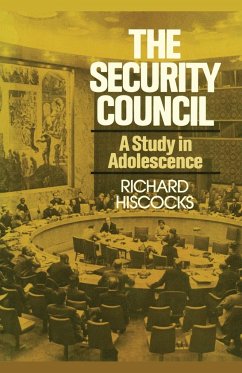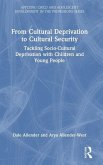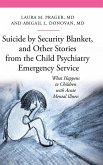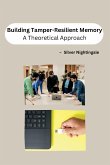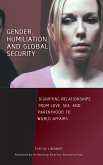Through an examination of theory and practice of the United Nation’s Security Council, Richard Hiscocks provides an evaluation of the Council’s effectiveness in handling international problems after World War II. After the United Nations Organization was formed post-World War II, the Security Council was developed in order to uphold one of the UN’s primary focuses: maintaining international peace and security. As the first international body with the specialized task of maintaining peace and security, there has long been controversy over the effectiveness and success of the Security Council in its primary task. By looking at its first quarter of existence, from January 1946 to April 1972, Richard Hiscocks evaluates the background that led to the creation of the Council, its constitutions and functions, and its most important cases in order to provide commentary on the success of the Security Council at its beginning.
Hinweis: Dieser Artikel kann nur an eine deutsche Lieferadresse ausgeliefert werden.
Hinweis: Dieser Artikel kann nur an eine deutsche Lieferadresse ausgeliefert werden.

